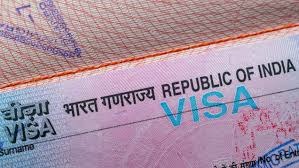Step-by-Step Guide to Applying for an Indian Visa Online
Applying for an Indian visa online is a straightforward process that can save you time and effort. Whether you’re searching for, “Indian visa application process,” “how to apply for Indian visa online,” or “steps to…








